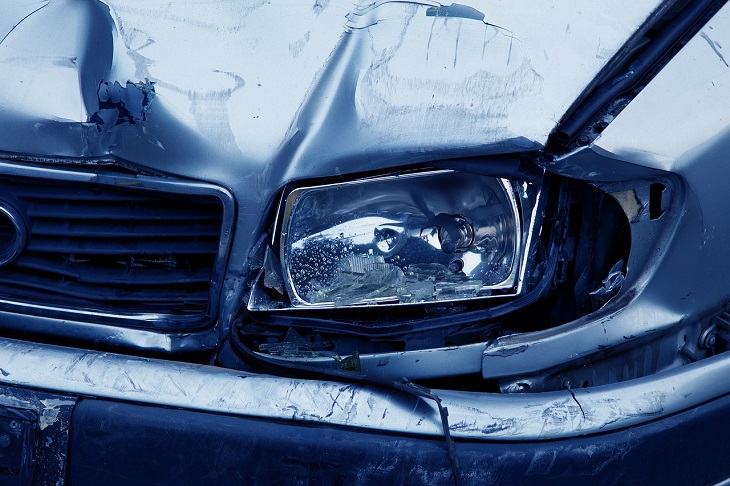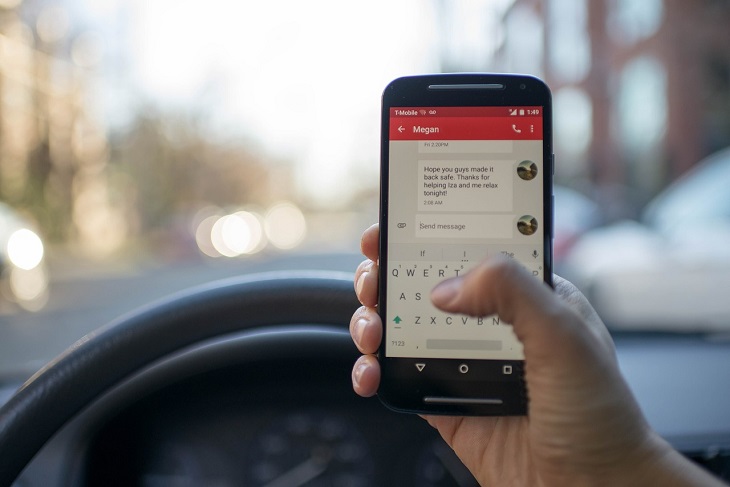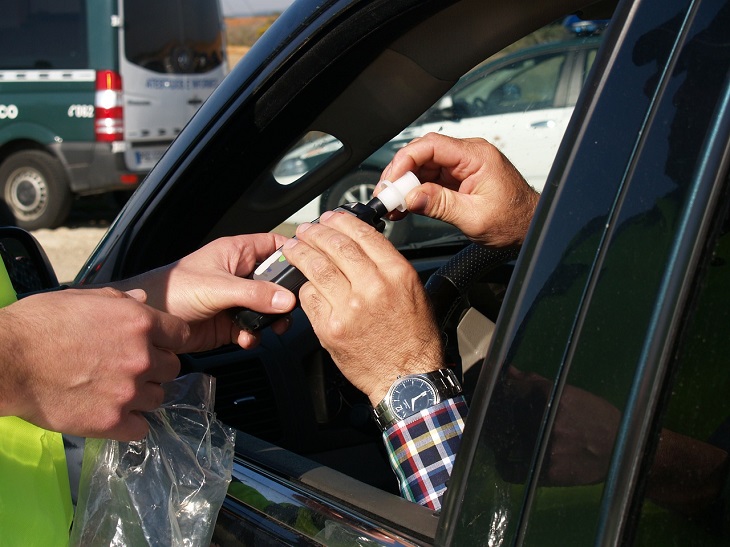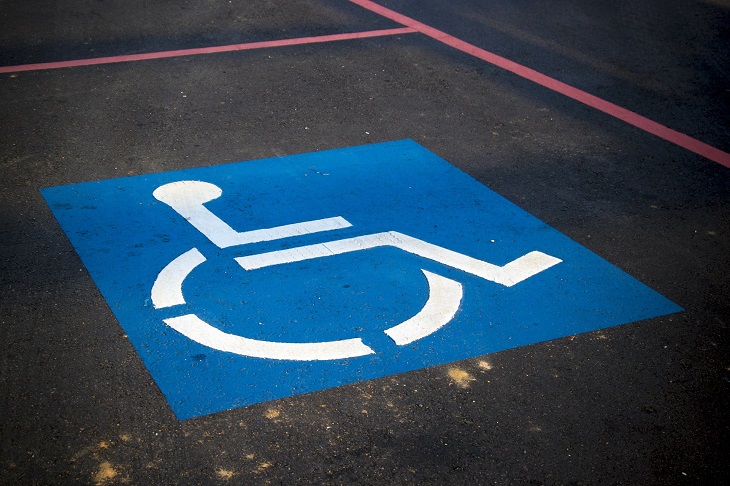Knowing how to avoid driving distracted is extremely important. In fact, it is crucial, because distracted driving is a major cause of serious injury and death on the road.
Distracted driving causes thousands of car accidents every day on American roads. And sadly, many Americans have ended up permanently disabled because either they or another road user were driving distracted.
A vehicle is a lethal weapon in the hands of a distracted driver. A car, van, truck, or motorcycle becomes capable of wreaking destruction when it is not under the control of a responsible, skilled driver.
The right to drive on public roads should never be taken for granted. Each road user bears a huge responsibility to drive safely and to protect themselves and other drivers. Driving is an art that requires skill and concentration to perform well.
Unfortunately, some drivers on American roads do not take driving as seriously as they should. What they may not realize is that all it takes is a microsecond of inattention for serious accidents to eventuate.

What Is Distracted Driving?
Distracted driving means driving when you are not fully and completely concentrating on the act of driving, and/or the environment and surroundings that are relevant to safety while driving.
What Causes Distracted Driving?
Any number of things can cause distracted driving. There are many possible external distractions in the environment, both inside and outside the vehicle. These include cellphones, music, passengers, eating or drinking, reading road signs, and looking at the landscape.
It is also very possible to be distracted internally by thoughts, emotional states, illness, tiredness, or intoxication.
What Is The Main Cause Of Distracted Driving?
You might be wondering, “What is the number one cause of distracted driving?”. Well, by quite some distance, the most common cause of distraction while driving is phone usage.
This comes as little surprise, because practically everybody now seems to be at least somewhat addicted to their cellphone. It is illegal to use a cellphone while driving, but unfortunately, too many drivers still flout this law.
Why Is Distracted Driving Dangerous?
Distracted driving is dangerous because it is one of the most common causes of traffic accidents. Distracted driving causes serious injury and death to thousands of Americans every year.
How Can We Prevent Distracted Driving?
Thankfully, there are plenty of effective ways to manage distractions while driving. Read on for some tips on how to avoid distraction and stay focused at all times while driving.
1. Don’t Use Your Phone While Driving
As we mentioned, cellphone usage is the number one cause of distracted driving. Cellphone usage while driving kills. You must resist the urge to use your cellphone in any way while driving, because all it takes is one moment of distraction for tragedy to ensue. No text message is worth that!
2. Prepare Before Getting Behind The Wheel
A major cause of distraction while driving is putting on a seatbelt, or adjusting the seatbelt or seat, while the vehicle is in motion. This is dangerous and can easily lead to a crash. Always prepare to drive before you start driving, and don’t get onto the road until you’re settled and ready.
3. Don’t Drive While Drowsy
Tiredness and drowsiness are major causes of distracted driving. To avoid distracted driving due to fatigue, always pull over for a break, nap, coffee, or fresh air when you are feeling drowsy behind the wheel.
4. Don’t Eat While Driving
Eating while driving can be very distracting. Whether you’re trying to unwrap food or worrying about spills and crumbs, it can take your all-important attention away from the road and your surroundings. Avoid eating while driving; if you need a snack, pull over.
5. Avoid Loud Conversation, Music, Podcasts, And Backseat Drivers
Conversation with other people in the car, listening to backseat drivers, getting lost in loud music or a podcast… All of these can result in distracted driving. To avoid distraction, make sure that no sound going on inside your vehicle is taking your attention away from the road.
6. Don’t Drive With Too Many Passengers
An overcrowded car can be very distracting. To avoid the dangers of driving while distracted, do not ever allow your car to have too many passengers, and ensure the passengers you do have are respectful and quiet.
7. Make Sure Your Vehicle Is Well Maintained
Driving a vehicle that has technical issues can be very distracting and dangerous. Always make sure that your vehicle is well-maintained and in great working order.
Featured image by Free-Photos on Pixabay








